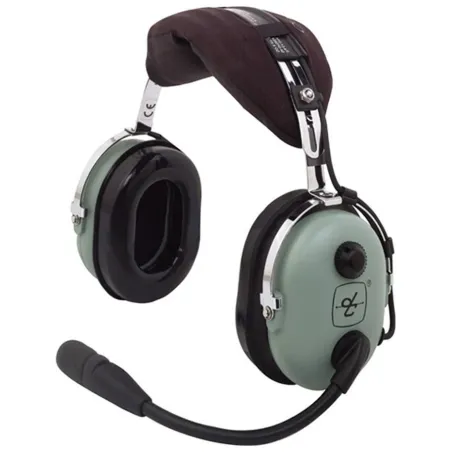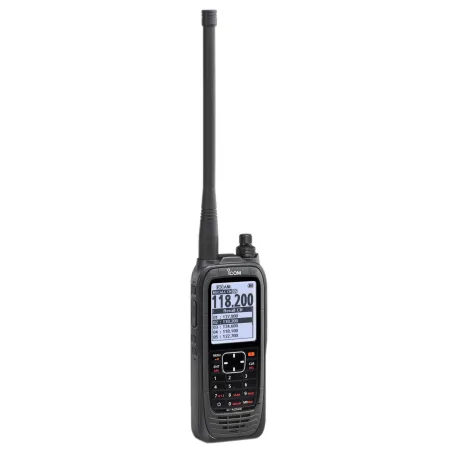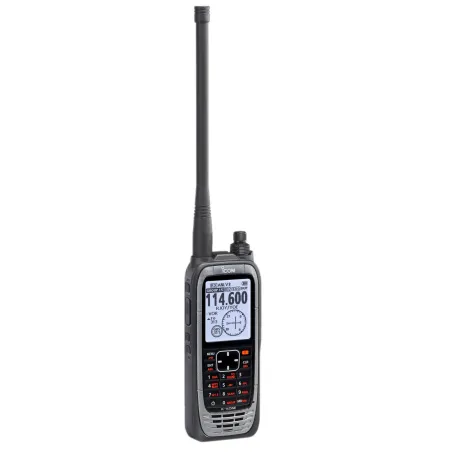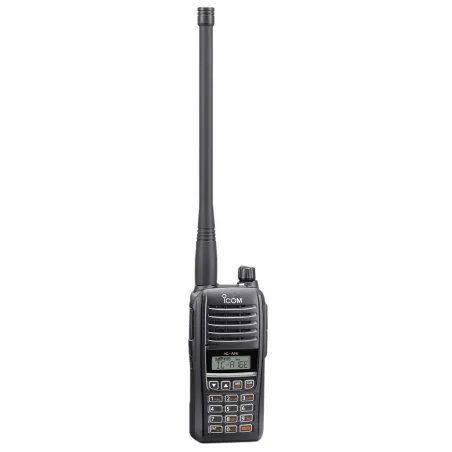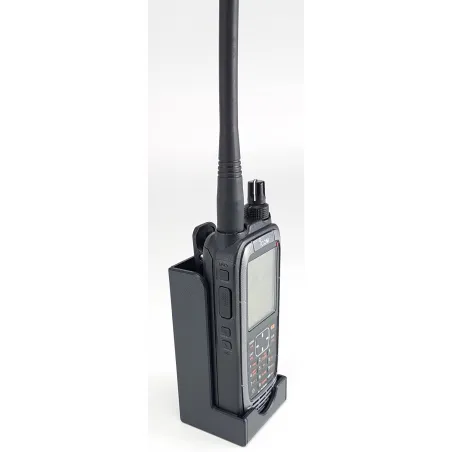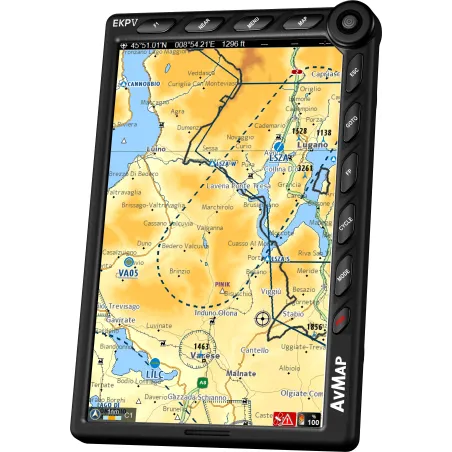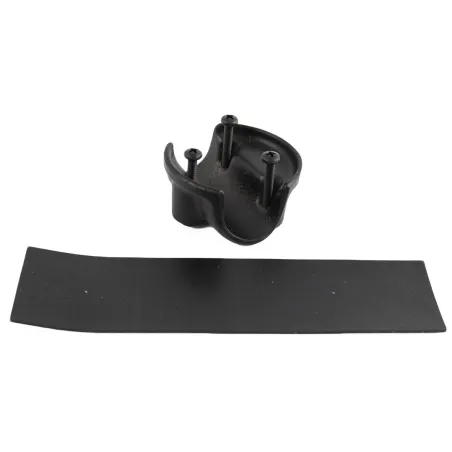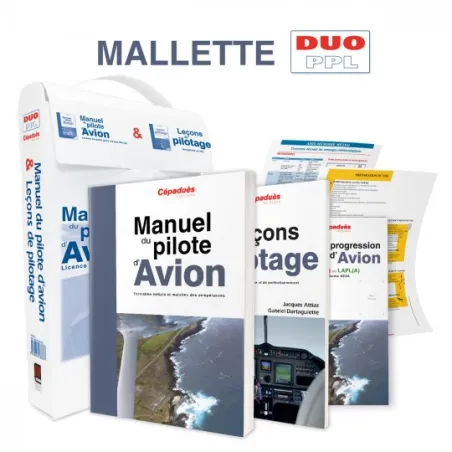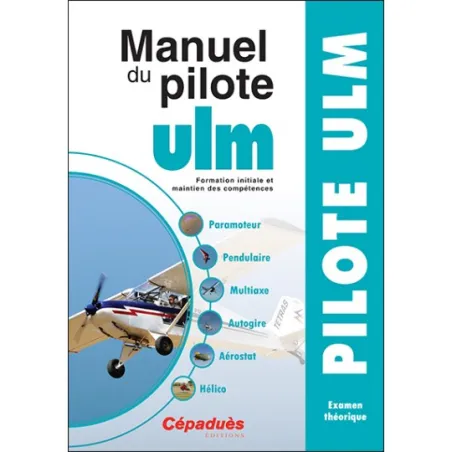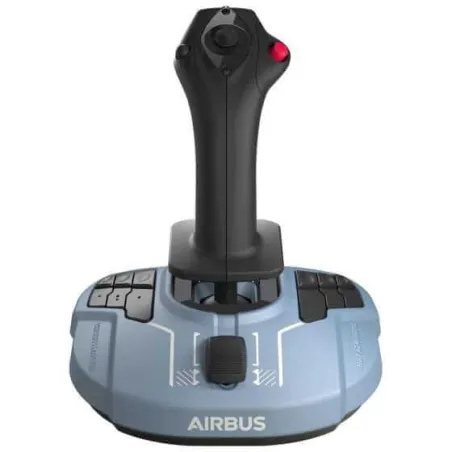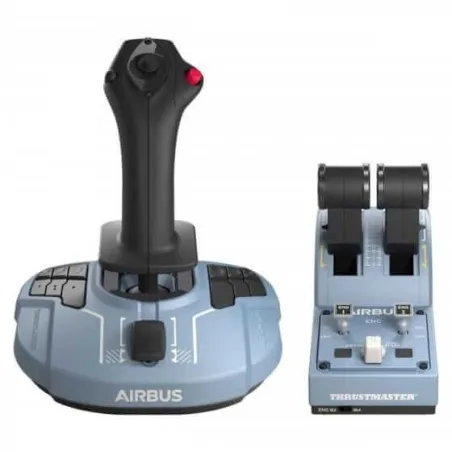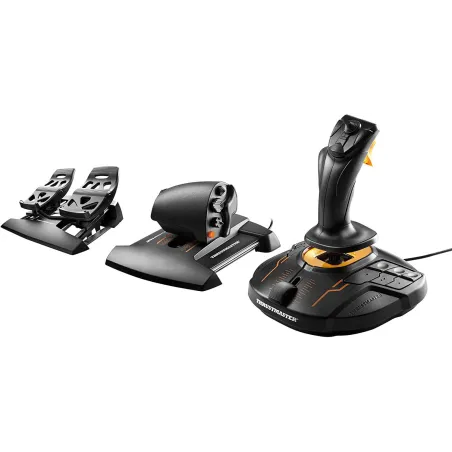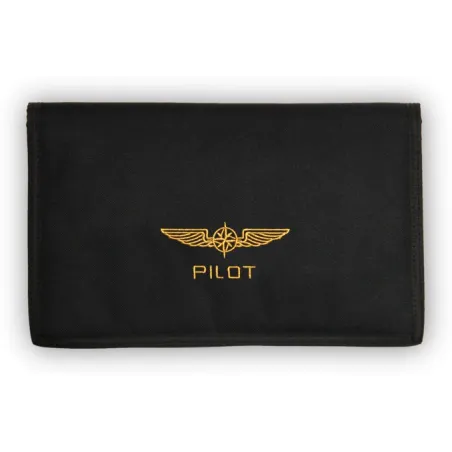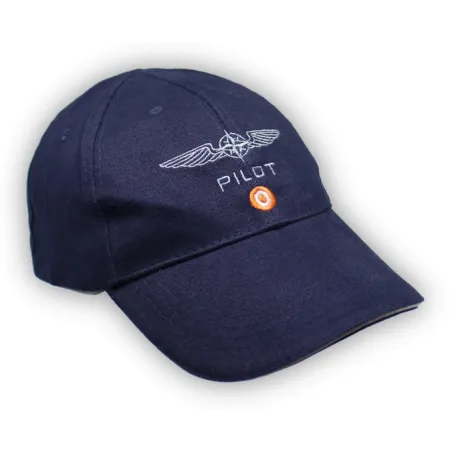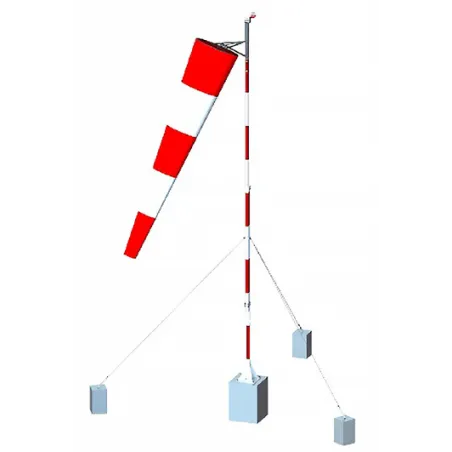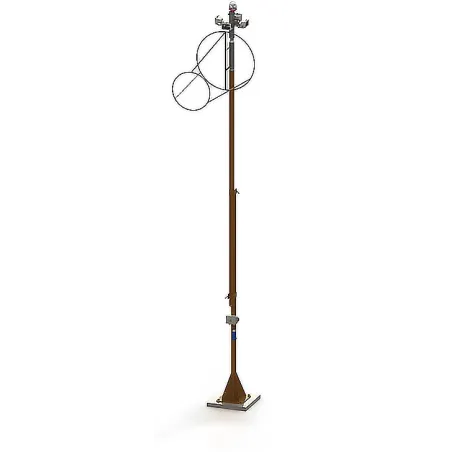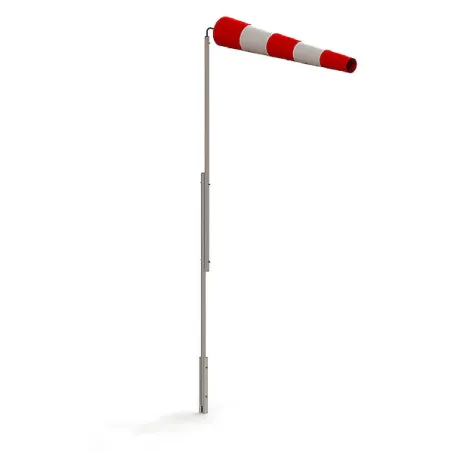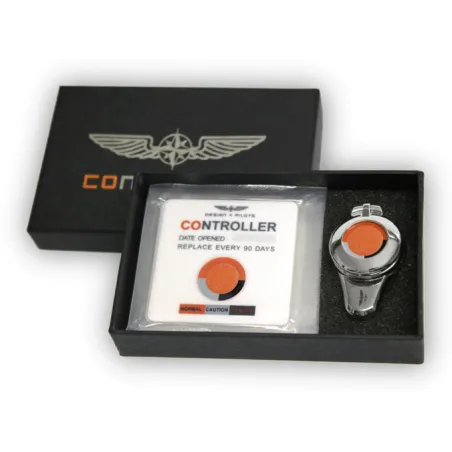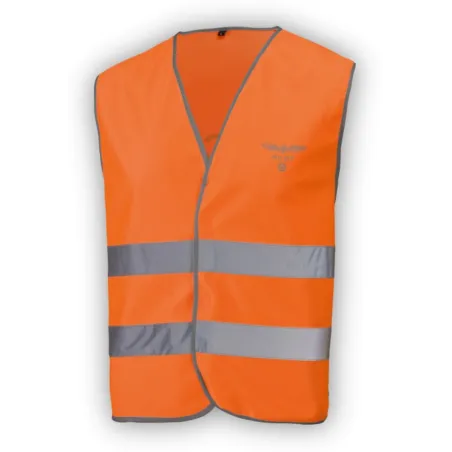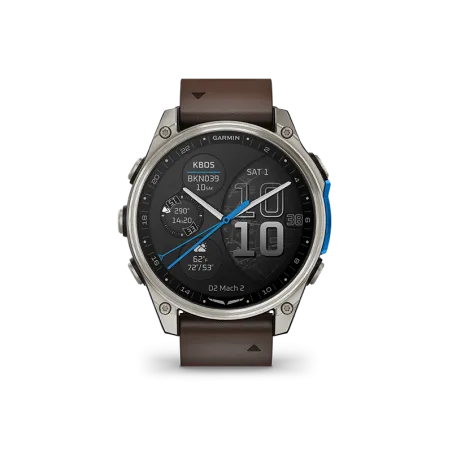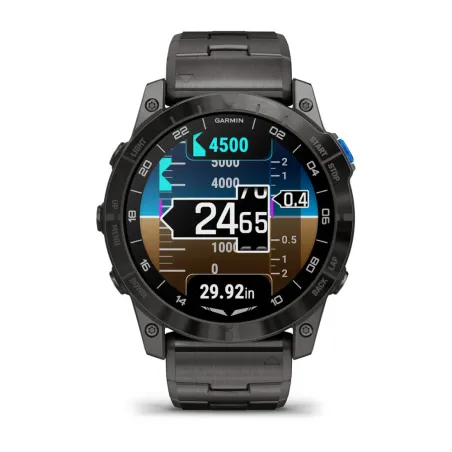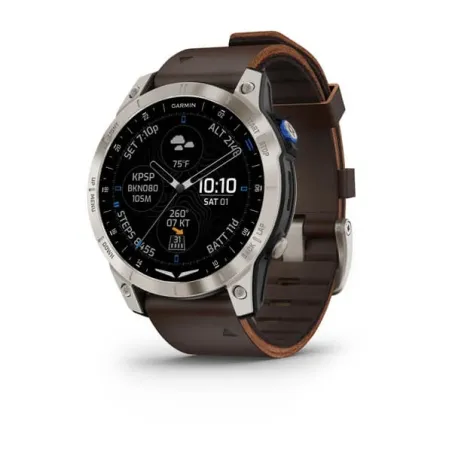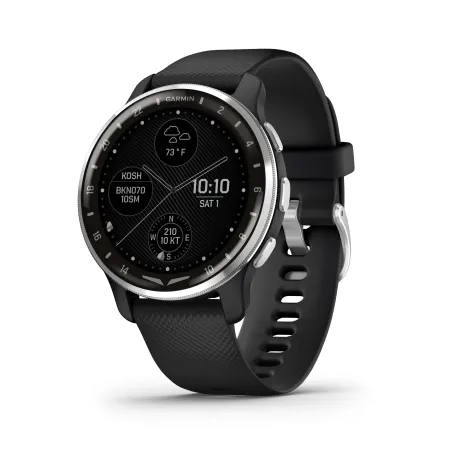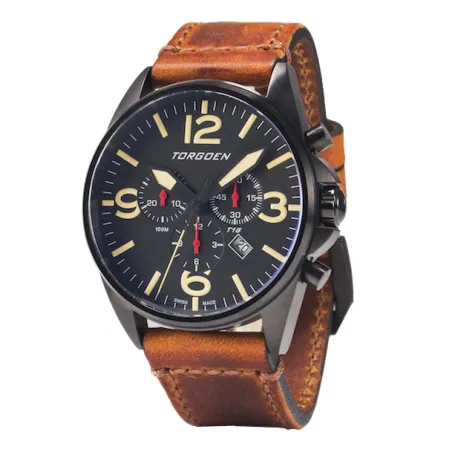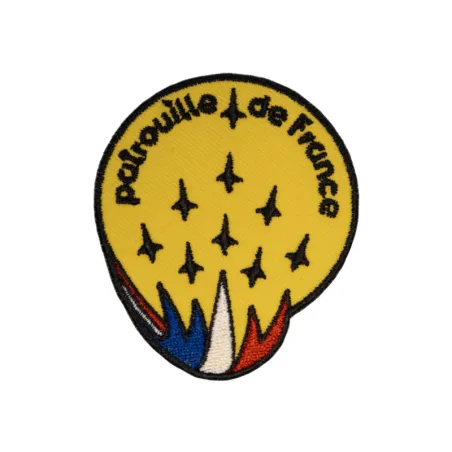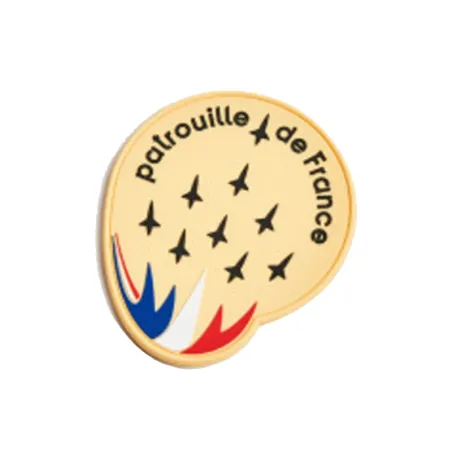Why choose an aviation watch?
Categories :
Aeronautical watches
, BAYO
Nowadays, to know the time, the average person checks their mobile phone, the toolbar of their computer, the electronic displays that are popping up everywhere in urban environments, homes, cars... But at least one category of humans deviates from this rule: the airplane pilot has remained loyal to their wristwatch. Not just any watch: they will definitely opt for an aviator's watch. And even if you're not a pilot, if you're about to buy a watch, you should make the same choice. Why? Let us tell you...
Aviation and Watchmaking: A Shared History
Whether they are aware of it or not, the pilot, by wearing their watch, is the heir to a story: the story of the alliance between aviation and watchmaking. Early on, aviation pioneers understood the importance of having precise and easily accessible instruments to measure time under specific conditions: altitude, crossing time zones, risky flight conditions... From this need came numerous collaborations between these two sectors and significant technological advancements.
The story begins in 1904 with aviator Alberto Santos-Dumont, who would make the first public flight two years later, covering about sixty meters. In order to monitor his performance, he ordered a watch from his friend Louis Cartier that he could check without letting go of the controls of his still-unstable aircraft, something the pocket watches of the time did not allow. Thus, the wristwatch was invented. Rectangular, thin, with Roman numerals, and no other function than showing the time, this foundational piece of jewelry was far from today's aviation watches, but an elegant Santos collection still exists today at the famous watchmaker, preserving the legend of this innovation quickly adopted by the upper society on the ground.
Barely three years after Santos-Dumont's achievement, aviation had made such progress that Louis Blériot, another legend of these heroic times, managed to cross the English Channel. At the same time, watchmaking had followed the same trajectory. Blériot, during this crossing, was equipped with a Zenith watch that he praised for its accuracy. With its round dial and highly legible numerals, its style is much closer to modern pilot watches and has also been reissued.
The marriage between watchmaking and aviation continued after the First World War. In 1927, a Longines watch with an hour angle, developed in collaboration with Charles Lindbergh, allowed him to make the first solo, nonstop transatlantic flight aboard his Spirit of Saint Louis. At a time when time zones had just been standardized, the pilot could use the calculation of the hour angle to determine his longitude.
The partnership was even more natural for aircraft manufacturer Louis Bréguet, as he came from a family of watchmakers. Although the very old watchmaking company had been sold by his grandfather, Bréguet maintained close ties with it, and the collaboration between the two industries led to the development of precision instruments that would equip airplanes.
Let's skip ahead a few more years to discuss a final historical episode: in the 1950s, the French Ministry of Defense wrote the specifications for a wrist chronograph to equip its fighter pilots: a case of at least 38mm with a screw-down waterproof back, a highly legible black dial, luminous indexes, and finally, a "flyback" chronograph movement, which would become the signature feature of the pilot's watch: the chronograph hand had to be able to reset to zero with a simple press of the lower pusher. The Type 20 watches were born. Later, they would be worn by civilians under the name Type XX.
When the Aviator Watch Likes to Be Complicated
A century after the exploits of Santos-Dumont, Blériot, or Lindbergh, the wristwatch has definitively won the battle over the pocket watch, but aviation is still associated with a very particular style of watch, still highly prized, making it a must-have for men's watches... flying or not.
Whether worn on board or on solid ground, whether mechanical or digital, it remains characterized by the demands born of the pilot's constraints: a large dial, highly legible both day and night, and multiple functions, called "complications" in watchmaking.
The most essential is the chronograph function, wrongly called a stopwatch in common language, whose extra hand allows you to measure a duration precisely. But watch manufacturers have stepped up their efforts to offer professional pilots useful innovations: from the altimeter to the GMT function, through dual dials showing the time in different parts of the world. Or the logarithmic slide rule, which allows the pilot to make all sorts of calculations: average speed, distance traveled, fuel consumption, climb time, etc.
Of course, these data are now integrated into the dashboard of any modern cockpit, and the pilot will primarily rely on the irreplaceable dials of their aircraft. But with an aviator's watch, these indicators will follow you in your daily life: you remain a pilot... at all hours.
Now, the question is which style will you choose: historical heritage or a multitude of functions on a connected watch?
An Aircraft Design All the Way to the Arm
 If your desire is to honor this rich history, many watch brands have thought of you. We’ve already mentioned these luxury reissues that perpetuate, for example, in an elegant retro style, the memory of Santos-Dumont or Lindbergh, or even the Type XX with its already highly sophisticated mechanism.
If your desire is to honor this rich history, many watch brands have thought of you. We’ve already mentioned these luxury reissues that perpetuate, for example, in an elegant retro style, the memory of Santos-Dumont or Lindbergh, or even the Type XX with its already highly sophisticated mechanism.
In more affordable ranges, you can also follow the legacy of military aviation. The brand AVI-8, in particular, has specialized in designing watches that pay homage to the history of combat aviation, its pilots, and the most legendary fighter jets.
Among these AVI-8 watches, let's highlight those based on vintage style and the cutting-edge avionics technology of the British manufacturer Hawker Siddeley. From the hand-stitched leather strap to the black dial, to the sword-shaped hands or the typography, everything in the look of the Hawker Hunter and Hawker Harrier series evokes these two planes that marked their era.
The first, born in 1951 and used by some air forces until 2014, was a much-loved aircraft by pilots: robust, fast, and highly maneuverable, it was capable of reaching supersonic speed in a shallow dive. The quartz models Hawker Hunter AV-4052 and Hawker Hunter AV-4064 will allow you to evoke the performance of this great fighter, just by detailing those of your watch: its marine-grade stainless steel structure, the dial coating inspired by a serrated turbine, the crown guard referencing the front view of the fighter's intake...
In the late 1960s, Hawker commissioned the Royal Air Force, and later several other naval air forces around the world, to create a new leap in performance by developing the Hawker Harrier: this ground-attack aircraft, which gained fame during the Falklands War, was the very first to be able to take off and land vertically or on very short runways. It was also capable of evading an adversary by a sudden upward thrust. AVI-8 created the aesthetic backdrop for its Hawker Harrier collection in homage to this incredible aircraft. It can be found in the models Hawker Harrier II - AV-4055 and Hawker Harrier II - AV-4063, whose technology and every detail reflect the same requirements: forged, machined, and assembled stainless steel case with a sapphire anti-reflective mineral lens, case back sculpted to resemble the turbines of jet engines, unique Japanese precision chronograph movement, circular discs and counters positioned to offer clear information at all times without interfering with the time function...
Ready to put on the flight suit and fasten your harness?
Connected Watches: Jewelry... of Technology
 If vintage style is not your cup of tea, enter the world of pilot watches through a completely different door: the cutting-edge technology of connected watches. While it was already an achievement to add a few beautiful complications to a mechanical watch movement, digital watches offer the possibility of multiplying functions, literally, infinitely.
If vintage style is not your cup of tea, enter the world of pilot watches through a completely different door: the cutting-edge technology of connected watches. While it was already an achievement to add a few beautiful complications to a mechanical watch movement, digital watches offer the possibility of multiplying functions, literally, infinitely.
This is the case with watches from the brand Garmin, already known for its GPS and high-performance flight instruments. It was only natural that they would also turn to watches, bringing together aeronautical functionalities that can be updated in real-time with more personal data on your wrist.
The first of these will be useful right from the flight preparation, possibly during the flight (though your primary focus should be on your cockpit dashboard), or on the ground in everyday life: weather, altitude, heading indicator, flight log, time zone...
For the second, Garmin aviation watches open up all the functionalities of a typical connected watch: phone calls, health and well-being data, sports apps, music, smart notifications...
The list of possibilities is impressive, for example, on the new D2 Air X10. You’ll discover its elegant look, the excellent legibility of the dial, the very functional dropdown menu…
For a slightly more luxurious range, the D2 Mach 1 is an option, distinguished by its fine finishes, durability, and choices of titanium or leather straps...
Because of course, no matter how contemporary and technological they are, pilot watches are still recognized by one common trait: elegance.
Share this content
Please log in to rate this article






